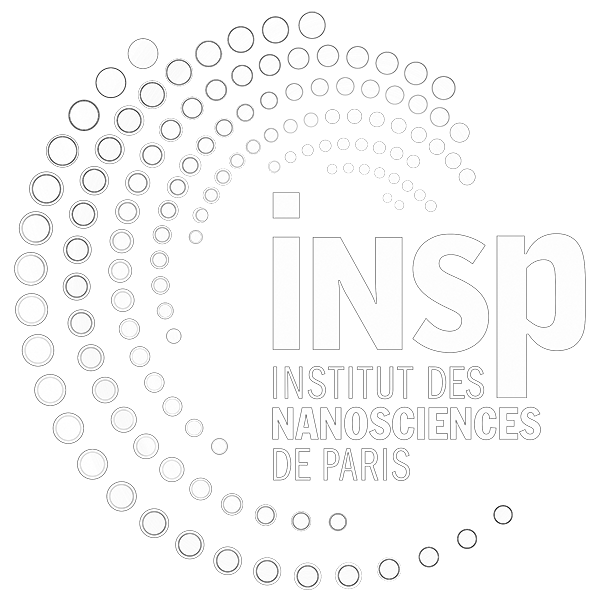Coarsening of foam made with particle loaded fluids
Funding: Yes
Description : https://w3.insp.upmc.fr/wp-content/uploads/2025/03/PhD-2025-INSP-Navier-Foams.pdf
Start: 2025
End:
PhD Sudent :
Team(s): Chemical Physics and Dynamics of Surfaces
Teams' Page of thesis : Chemical Physics and Dynamics of Surfaces
Thesis status: Proposed thesis and Thesis
CLICK ON “description” to get the complete document
Mots-clés: Physique de la matière molle, milieux granulaires, fluides complexes, Mousses aqueuses, Mécanique des fluides, Expériences
Scientific description: Liquid foams play a crucial role in the ecological and energy transition. With their excellent thermal insulation properties, they enhance the energy efficiency of buildings and infrastructures (see left image below). In the field of flotation, foams enable the separation of finely divided materials, a process particularly used for treating contaminated soils. Additionally, new processes are emerging, leveraging the properties of foams for extracting precious metal particles from recycled electronic devices (urban mining), thus promoting a more sustainable management of resources and urban waste. The presence of solid particles within liquid foams, possibly in high concentration, raises several fundamental questions, the most general one being: can a liquid foam be stabilized using the particles it contains? Indeed, it is well known that simple liquid foam ages[1] through various processes, with coarsening[2] being particularly difficult to counteract: can coarsening dynamics be arrested by incorporating particles of a specific concentration and size?
The PhD project consists in developing and conducting experiments to investigate the coarsening of foams made from suspensions of solid particles. Structural foam changes induced by the coarsening process will be tracked using optical microscopy and x-ray microtomography combined with image analysis using recent advanced Machine Learning tools. The work will encompass the elaboration of model particle laden foams using milli-fluidic devices, with fine tuning of bubble and particle distributions as well as concentrations. The results will evidence original coarsening laws and dynamics. Their modeling, drawing on concepts from both liquid foams and granular media, will provide physical insights into the underlying mechanisms of diffusive gas transfer in such complex systems. Predicting their coarsening phase diagram is a challenging fundamental problem of great interest for many applications in material sciences.
[1] “Foam: Structure and Dynamics“, Cantat, Cohen-Addad, Pitois et al, Oxford University Press (2013) [2] Galvani, Cohen-Addad, Pitois et al, Proc. Natl. Acad. Sci. U.S.A. (2023) 120, e2306551120Techniques/methods: Millifluidic, optical microscopy, x-ray microtomography, machine learning image analysis, data analysis, physical and mathematical modeling.
Funding: Yes

